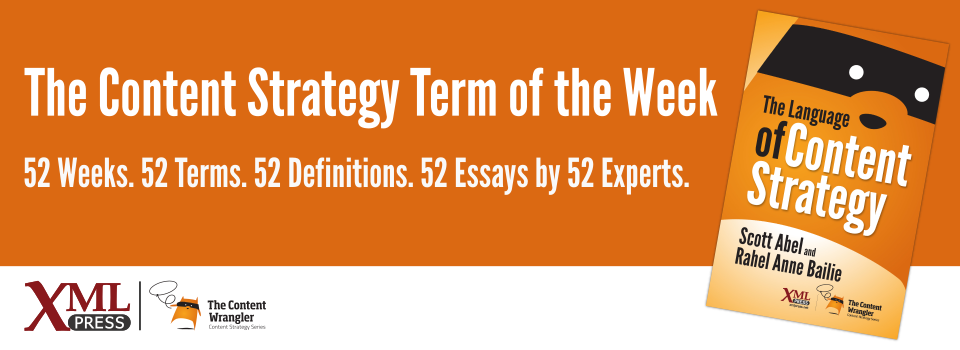What is it?
Any text, image, video, decoration, or user-consumable elements that contribute to comprehension.
Why is it important?
Content is the single most-used way of understanding an organization’s products or services, stories, and brand.
Why does a content strategist need to know this?
Content can be described in several ways, some technical, others conceptual:
-
Contextualized data: Data is a context-free value; content has enough context to aid with consumer comprehension. For example, the number “12” is merely data. Adding context to the data, such as 12th month or 12 years old, imbues the data with meaning and creates content.
-
The stuff inside a container: In a world where content is virtually always touched by technology, this means content is between a set of standardized markup tags, allowing technology to automate the processing of content.
-
An extension of the user experience: Content is the treasure at the end of the treasure hunt. Without good content, the best user experience falls flat.
Most importantly, content is a business asset that we use to communicate with our customers, prospects, and investors. Content is how we communicate our brand, how we acquire and retain customers, how we drive our reputations, and how we build a social enterprise. It is the lifeblood of any organization.
To develop effective content strategies, it is important to understand both the editorial and technical sides of content.
-
Editorially, content should be relevant, accurate, informative, timely, and engaging and should conform to editorial standards.
-
Technically, content should be standards-based, use well-formed schemas, be semantically rich for filtering and findability, and be structured to support automated delivery.
This allows content to be converged, integrated, and syndicated—all important aspects of leveraging content to its fullest potential.

